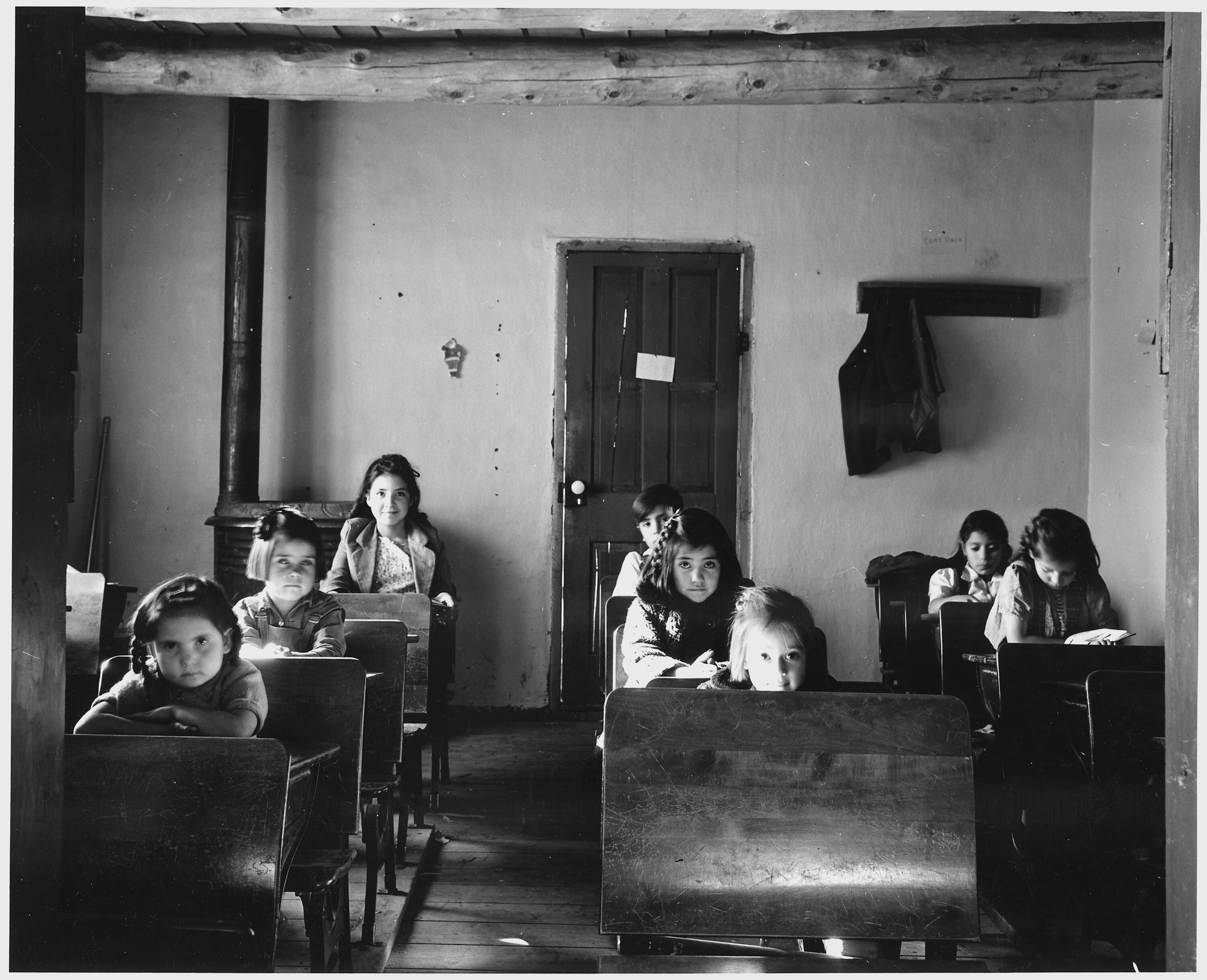Every fall, children across the United States complain about returning to school. Little do they know how easy they have it.
Things were a lot tougher for our ancestors in the 1800s.
Here’s what it was like.
A Fireplace Blazed in the Winter
With no central heating, schoolhouses relied on fireplaces and, later, wood stoves to stay warm.
Children brought logs with them to class and took turns starting the fire each morning.
One-room Schoolhouses Were the Norm

It’s hard to imagine, but in the 1800s a single teacher taught grades one through eight in the same room.
Rural areas were just too sparsely populated to support multiple classrooms, so towns built one-room schools about 20-by-30 feet large.
Young kids, nicknamed Abecedarians, sat in the front and older students in the back. They learned reading, writing, math, geography, and history.
Teachers would call a group of students to the front of the classroom for their lesson, while other grades worked at their seats. Sometimes older kids helped teach the younger pupils.
The Academic Year was Shorter
According to statistics from the U.S. Department of Education, the school year in 1869–70 was about 132 days long (today it’s more like 180), but most students only went about 78 days a year.
The attendance rate was 59 percent, partly because kids were more likely to be sick since medicine was less advanced.
Parents also kept them home to work on the farm, especially during harvests.
Teachers Were Unmarried Women

In the early part of the 19th century, most teachers were men, since women were thought to belong at home. Westward expansion changed that.
As the country’s size and population grew, there was a serious shortage of good teachers. Calls went out for women to respond to this emergency in education. They responded in droves, though they were paid 40 to 60 percent of what male teachers earned.
By the 1870s, a quarter of all American-born white women had been teachers at some point in their lives. Most left the profession once they married—often because they had no choice. Some school districts actually banned married women from being teachers.
Students Used Slate Instead of Paper
Paper was expensive in the 1800s, so students wrote on thin slabs of slate. They took notes with slate pencils made of clay. Paper was only used for penmanship lessons when kids dipped their quills in ink bottles and practiced their cursive.
Textbooks were equally scarce. Students had to bring books from home, often borrowing used textbooks from older kids. Members of a class never had matching copies.
Bad Kids Wore a Dunce Cap

With lots of kids are crammed into a single room, it was important to maintain discipline. Punishments could be harsh.
Misbehaving students were often publicly shamed. The teacher sat the naughty child at the front of the class and had him wear a paper cone-shaped hat, branded with the letter “D” for dunce, meaning “idiot.”
The practice was common in both the United States and Europe. Charles Dickens even mentioned it in a description of an English schoolroom in his novel The Old Curiosity Shop, published in 1841:
“Displayed on hooks upon the wall in all their terrors, were the cane and ruler; and near them, on a small shelf of its own, the dunce’s cap, made of old newspapers and decorated with glaring wafers of the largest size.”
Other punishments included making a child hold heavy books, stand against the wall for extended periods of time, or receive lashes with a whip.
What was school like for your ancestors?
